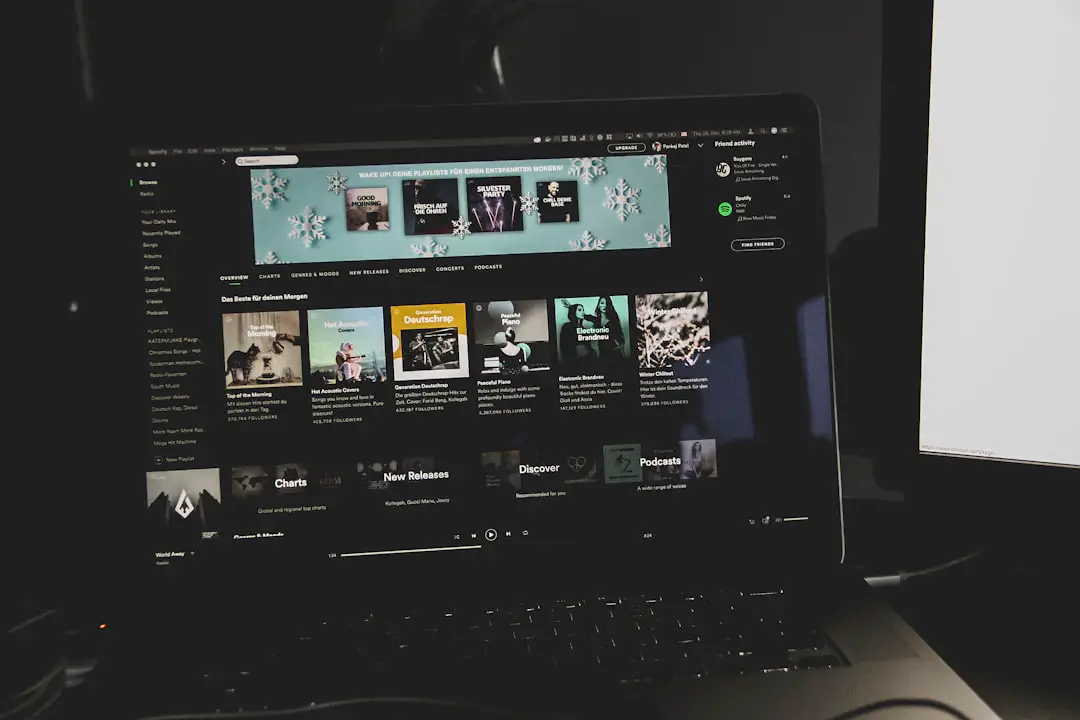Ever wondered why that $4.99 burger feels cheaper than a $5 burger? Or why café menus have a $12 coffee just so the $6 one feels “reasonable”? That’s not math. That’s psychology. More specifically, it’s called price anchoring.
In this article, we’re diving into the fun world of psychological pricing anchors, how companies use them, and how you can experiment with pricing techniques that truly work. Don’t worry — we’ll keep it light, simple, and packed with real-life tricks.
What’s a Price Anchor?
A price anchor is the first price a customer sees. It sets the “reference point” for everything else. Even if other prices follow, that first number sticks in our brain.
Think of it like this: If you see a jacket for $300, and then see one for $150, the second one feels like a bargain — even if $150 is still a lot!
Why Anchors Work — The Brain Hack
Our brains are lazy. They love shortcuts. When we see numbers, we compare them instead of evaluating objectively.
This leads to the Anchoring Effect, a concept in behavioral economics. It says that the first number you see will influence judgments that follow.
- See a $1,000 smartphone? $700 seems fair.
- See a $699 smartphone? $700 feels high.
Same price. Different perception. All thanks to anchoring.
Types of Pricing Anchors You Can Use
Ready for some fun strategy? Here are a few anchors businesses use — and they’re shockingly effective.
1. The “Decoy” Effect
Add a less attractive option to guide people toward what you want them to pick.
Example: You sell two coffee sizes:
- Small: $3
- Large: $6
Few people buy the large. But introduce a “decoy”:
- Small: $3
- Medium: $5.50
- Large: $6
Now the large looks like a steal. Sales skyrocket.
2. High Initial Anchor
Show a high price first — even if you drop it later.
Real estate agents do this all the time. They walk you into a $1.2M home first. Everything else afterward feels cheaper by comparison.

Online shops do this too. They show “Was $299, now $149.” That original price is the anchor. It makes the new price feel irresistible.
3. Comparison Tables
Give customers options side by side. Then highlight the “best value.”
| Plan | Features | Price |
|---|---|---|
| Basic | Email support, 1GB storage | $9 |
| Pro (Best Value) | Priority support, 10GB storage, Analytics | $19 |
| Premium | All Pro features, Dedicated manager, 100GB | $49 |
People often pick the Pro plan — because it feels smart and efficient. That’s anchoring in action.
4. Strike-Through Pricing
Cross out the “old price” and show a new one. Makes people feel they’re getting a deal — even when it’s the real intended price.
Like this:
$89 $39
Why? Our brain thinks we’re saving money, not paying money.
5. Bundle and Save
Useful when you sell multiple things. Offering them together for “one great price” makes the total feel less than the sum of its parts.
Example:
- Protein Bar: $5
- Smoothie: $6
- Snack Pack: $4
Bundle them all for $12. Customers say yes — because compared individually, they’d pay $15. Anchoring tells them “$12 is a sweet deal.”

Experimenting With Price Anchors
Don’t just guess. Run experiments. That’s where the magic happens. Here’s how.
1. A/B Testing
- Version A: Product listed for $50
- Version B: Product listed at $100, then “discounted” to $50
Track which converts better. You might be surprised.
2. Test Different Anchors
Try placing expensive or “premium” options first or last. The order changes perception. Try it both ways.
Pro tip: People read from left to right (or top to bottom). Where the high anchor shows matters.
3. Highlight Popular Options
Use badges like:
- Most Popular
- Best Seller
- Great Value
This adds social proof to the anchor, increasing trust and boosting conversions.
4. Rotate Bundle vs. Individual Pricing
Sometimes show items bundled. Sometimes show them separately. Track which gets more clicks — and keeps customers longer on the page.
Where This Works Best
Anchors can be used just about everywhere. But here are some hot spots where they shine:
- E-commerce stores — highlight sales and bundles
- SaaS pricing pages — comparison tables are gold
- Restaurants and cafes — menu design is psychology
- Tourism and travel — package deals, upgrades, VIP options

When Anchoring Backfires
Yes, it’s powerful. But only when done right.
- If the anchor is too extreme (e.g., $999 for socks), customers will distrust you.
- If the “decoy” is badly placed, it can confuse more than help.
- If you fake discounts constantly, people smell the trick.
Bottom line? Use anchors honestly. You’re guiding, not manipulating.
Final Thoughts
Price anchoring isn’t magic. But it works like magic when used well.
It’s about expectation shaping. When we shift perspective, we shift behavior. And that’s where persuasion lives.
To wrap it up:
- People don’t know real value. They follow signals.
- An initial price sets the tone for all others.
- Smart anchors boost conversions and loyalty.
So try it out. Test and tweak. Add a decoy. Bundle things up. Reorder your menu. Watch how simple shifts bring real results.
Don’t just sell products. Frame them beautifully. The price is just the beginning.

